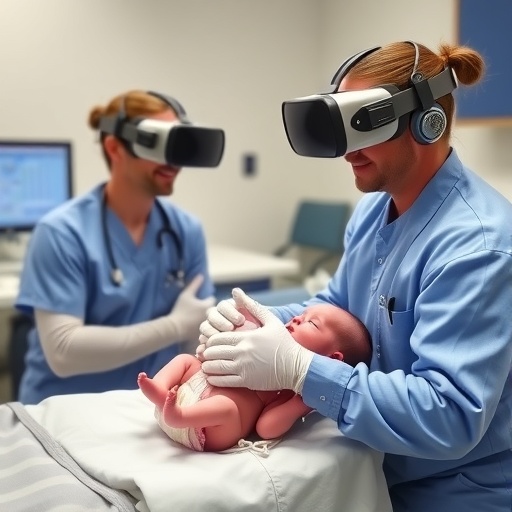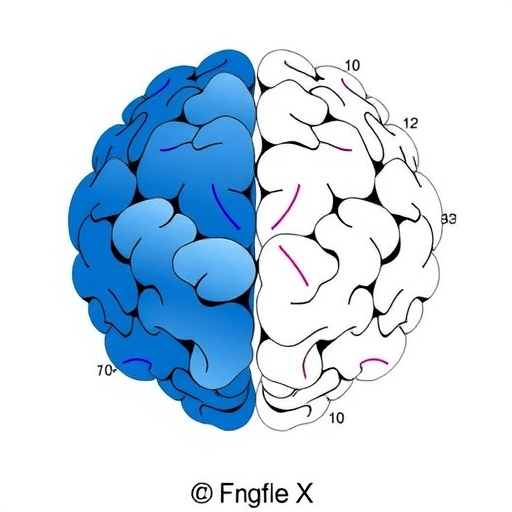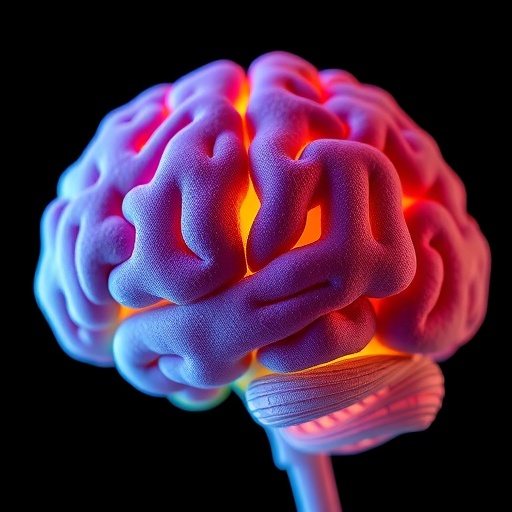In a groundbreaking pilot study that could redefine medical education in neonatal care, researchers have explored the feasibility of employing virtual reality (VR)-based simulation as a training tool for neonatal resuscitation. This innovative approach blends cutting-edge technology with critical life-saving protocols, aiming to enhance the competence and confidence of healthcare providers in delivering immediate care to newborns in distress. Set against the backdrop of increasing demand for effective, scalable, and immersive medical training, the study dives deep into how VR environments replicate real-world clinical scenarios with unprecedented fidelity.
Neonatal resuscitation remains one of the most time-sensitive and technically demanding procedures in perinatal medicine. Traditional methods of training rely heavily on mannequins and hands-on coaching, which, while effective, come with limitations such as accessibility, resource intensity, and often a lack of realism. The integration of VR technology represents a paradigm shift, providing an interactive and adaptable platform that can simulate a multitude of neonatal resuscitation scenarios, enabling learners to acquire and hone skills in a controlled environment that mimics the unpredictability of clinical settings.
The study underlines the crucial advantages of VR-based simulation, including enhanced spatial awareness and psychomotor skill development. Unlike textbook learning or video demonstrations, VR places trainees inside a three-dimensional, immersive space where decisions must be made in real-time. This helps cultivate muscle memory and procedural fluency, vital components in scenarios where seconds can determine neonatal outcomes. Moreover, the system can track user performance quantitatively, offering objective feedback that surpasses conventional subjective evaluations.
.adsslot_ZRrpMH5weE{ width:728px !important; height:90px !important; }
@media (max-width:1199px) { .adsslot_ZRrpMH5weE{ width:468px !important; height:60px !important; } }
@media (max-width:767px) { .adsslot_ZRrpMH5weE{ width:320px !important; height:50px !important; } }
ADVERTISEMENT
From a technical standpoint, the VR platform integrates high-fidelity graphics, real-time physiological monitoring data, and interactive guidance through simulated neonatal patients exhibiting various distress signs. The system’s software architecture supports adaptation across diverse clinical environments, making it feasible for deployment in regions with limited access to advanced neonatal care training facilities. This adaptability was a key focus of the study, which piloted the technology at an international site, assessing not only educational outcomes but also cultural and infrastructural compatibility.
The pilot study’s methodology encompassed a diverse group of neonatal care practitioners who engaged with the VR training modules over several sessions. Their performance metrics were meticulously recorded and analyzed, focusing on responsiveness, procedural accuracy, and retention of critical resuscitation steps. User experience surveys complemented quantitative data, revealing overwhelmingly positive perceptions of VR’s engagement and realism, alongside suggestions for iterative improvements tailored to specific educational needs.
A significant technical challenge addressed by the study involved ensuring the physiological responses of the virtual neonate corresponded accurately to the trainee’s interventions, requiring complex algorithms that simulate biological feedback loops. This was essential to maintain immersion and foster deeper learning, as trainees received immediate consequences for their actions, much like in a real clinical encounter. Furthermore, the platform incorporated auditory and haptic feedback, which collectively enhanced sensorimotor integration and decision-making speed.
The implications of these findings extend far beyond the confines of neonatal resuscitation. VR simulation could revolutionize how healthcare workers are trained across a multitude of specialties, particularly in resource-limited settings where traditional training is hard to conduct frequently or at scale. Dedicated VR modules offer a cost-effective alternative that mitigates logistical constraints, reduces reliance on physical infrastructures, and supports continuous skill development even in remote locales.
Moreover, the potential scalability of this VR training model dovetails with the broader movement toward personalized medicine and education. By customizing scenarios to the trainee’s skill level and learning pace, the platform embraces adaptive learning principles that can accelerate mastery while reducing burnout. This responsiveness is crucial in neonatal care, where practitioners must maintain elite competency despite irregular exposure to critical resuscitation events in their practice.
Notably, the study’s findings also underscore the importance of interdisciplinary collaboration in developing healthcare VR platforms. Software developers, neonatologists, educational psychologists, and bioengineers coalesced to create an interface that balances clinical accuracy with user-centric design. Such collaboration ensures that pedagogical effectiveness complements technological sophistication, a balance often overlooked in the rush to innovate.
In conclusion, the pilot study spearheaded by Trinh and colleagues offers compelling evidence that VR-based simulation is not only feasible but holds significant promise for transforming neonatal resuscitation training. By harnessing immersive, interactive environments with sophisticated physiological modeling, this approach enables healthcare providers to refine critical skills in a safe and controlled setting. As VR technology continues to evolve, its role in medical education will likely expand, heralding a new era in which virtual experience becomes a cornerstone of clinical competency development.
Sustained investment in VR infrastructure, strategic partnerships between academic institutions and technology firms, and robust validation studies are requisite next steps to mainstream this innovative training modality. The promise of VR transcends traditional pedagogies, signaling a future where neonatal resuscitation—and potentially many other acute care interventions—can be mastered through virtual trial and error, thereby saving countless lives without the cost of real-world risks.
By integrating continuous data analytics and artificial intelligence into VR curricula, the next frontier may involve predictive analytics that anticipate learner errors and tailor remediation in real time, further individualizing education and ensuring readiness. This convergence of technologies, as exemplified in this pilot study, points toward a transformative horizon for neonatal care and beyond, where virtual reality is synonymous with real-world readiness and excellence.
Subject of Research:
Feasibility of virtual reality-based simulation for neonatal resuscitation training.
Article Title:
Feasibility of virtual reality-based simulation for neonatal resuscitation training: a pilot study at an international site.
Article References:
Trinh, G., Ho T. T, B., Eickhoff, J.C. et al. Feasibility of virtual reality-based simulation for neonatal resuscitation training: a pilot study at an international site. J Perinatol (2025). https://doi.org/10.1038/s41372-025-02382-2
Image Credits:
AI Generated
DOI:
https://doi.org/10.1038/s41372-025-02382-2
Tags: benefits of virtual reality in medical trainingenhancing competence in neonatal careenhancing neonatal care with VRfeasibility of VR in medical educationimmersive medical education technologyimproving neonatal resuscitation skillsinnovative training methods for healthcareinteractive learning in healthcarereal-world clinical scenario simulationsimulation-based training for healthcare providersvirtual reality neonatal resuscitation trainingVR technology in perinatal medicine





